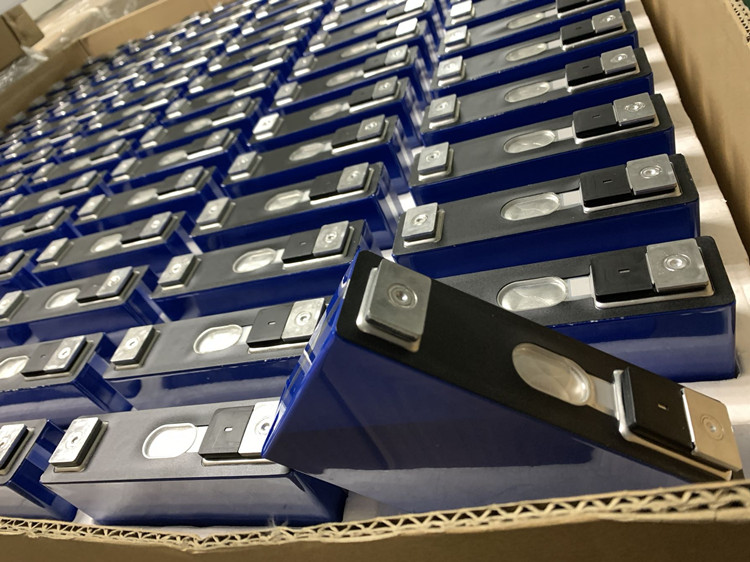Ternary lithium batteries have become a driving force behind today’s most advanced electric vehicles, consumer electronics, and energy storage systems. Their unique composition, blending nickel, cobalt, and manganese, offers a balanced mix of energy density, power, and safety. In this comprehensive guide, we’ll explore what ternary lithium batteries are, how they work, their pros and cons, and how they compare to other battery chemistries on the market.
What is a Ternary Lithium Battery?
A ternary lithium battery, also known as an NCM battery (Nickel Cobalt Manganese), is a type of lithium-ion battery that uses a combination of three metal oxides—nickel, cobalt, and manganese—as its cathode material. This combination merges the advantages of each element:
- Nickel enhances energy density
- Cobalt improves battery stability
- Manganese boosts safety and lowers cost
This blend creates a versatile battery that balances capacity, lifespan, and safety—making it one of the most popular rechargeable batteries in use today.
Ternary lithium batteries come in two main forms:
- Lithium battery cells (the basic electrochemical unit)
- Lithium battery packs, which combine cells with a Battery Management System (BMS) and protective housing for complete functionality
How Does a Ternary Lithium Battery Work?
Like other lithium-ion batteries, ternary lithium batteries operate on the principle of lithium-ion transfer between the anode and cathode during charge and discharge cycles. A standard setup includes:
- Battery cell: The core electrochemical component
- BMS (Battery Management System): Manages charging, discharging, and safety
- Protective housing: Encases the system for physical and thermal protection
When the battery charges, lithium ions move from the cathode (NCM) to the anode (usually graphite). During discharge, the ions return to the cathode, releasing energy to power devices.
Cycle Life of Ternary Lithium Batteries

Cycle life refers to how many full charge and discharge cycles a battery can undergo before its capacity drops to 70% of its original value. For ternary lithium batteries, the average cycle life ranges between 800 to 1,000 cycles under optimal conditions—such as:
- Room temperature (around 25°C)
- Low discharge rate (typically 0.2C)
While this is sufficient for many applications, it is moderate compared to other chemistries:
- Lithium Iron Phosphate (LiFePO₄): 2,000–6,000 cycles
- Lithium Titanate (LTO): 10,000–25,000 cycles
Factors like high discharge rates, extreme temperatures, or inconsistent manufacturing can significantly reduce battery life.
Advantages of Ternary Lithium Batteries
1. High Energy Density
Ternary lithium batteries boast one of the highest energy densities among lithium chemistries. This allows for more energy storage in a compact space. For example, the Tesla Model Y uses NCM batteries to achieve a driving range of over 440 kilometers per charge.
2. Higher Operating Voltage
A single ternary lithium cell operates at an average voltage of 3.7V, compared to 3.2V for LiFePO₄ and 2.3V for LTO batteries. This higher voltage platform means more usable energy per cell, translating into longer runtimes and improved efficiency.
3. Environmentally Friendly Recycling
Ternary batteries are highly recyclable, with a recycling rate of over 95%, compared to lead-acid batteries, which are more harmful and less efficiently recycled.
4. Balanced Performance
These batteries offer a well-rounded performance profile, combining power, energy, and safety in a cost-effective package.
Disadvantages of Ternary Lithium Batteries
1. Safety Concerns
The biggest drawback of ternary lithium batteries is their lower thermal stability. When subjected to physical damage or overheating (above 200°C), the materials can decompose, releasing oxygen and triggering fires or explosions.
2. Shorter Lifespan Compared to LiFePO₄
While ternary batteries offer good energy density, their cycle life of 800–1,000 cycles pales in comparison to LiFePO₄, which lasts up to 6,000 cycles, making the latter a better option for long-term energy storage.
Are Ternary Lithium Batteries Safe?
When designed and managed correctly, ternary lithium batteries are safe. Modern battery packs include:
- BMS (Battery Management System): Prevents overcharging, over-discharging, and thermal runaway
- Cooling systems: Regulate temperature during charging/discharging
- Safety alarms and fuses: Provide real-time alerts and cut-off protection
Top manufacturers like Tesla, BYD, BMW, and Mercedes-Benz continue investing in advanced safety technologies to make NCM batteries more reliable for mainstream use.
Ternary Lithium Batteries vs. Lithium Iron Phosphate (LiFePO₄)
| Feature | Ternary Lithium (NCM) | Lithium Iron Phosphate (LiFePO₄) |
|---|---|---|
| Energy Density | 232–293 Wh/kg | ~150 Wh/kg |
| Cycle Life | 800–1,000 cycles | 2,000–6,000 cycles |
| Operating Voltage | 3.7V | 3.2V |
| Low-Temperature Performance | Better | Weaker |
| Safety | Lower | Higher |
| Recyclability | High | High |
| Cost | Higher | Lower |
While LiFePO4 batteries are preferred for stationary energy storage and heavy-duty cycles due to their long life and safety, ternary lithium batteries remain the top choice for electric vehicles and high-performance applications where space and weight savings are critical.
Final Thoughts: Is the Ternary Lithium Battery Right for You?
Ternary lithium batteries offer an excellent balance of energy density, voltage output, and weight efficiency, making them ideal for electric vehicles, power tools, drones, and high-performance electronics. However, they require advanced safety management systems due to their sensitivity to heat and physical stress.
If your application demands high energy in compact form and you can accommodate appropriate safety features, NCM batteries are a smart choice. But if longevity and safety are your top priorities, LiFePO₄ might be the better alternative.
As battery technology continues to evolve, the performance and safety of ternary lithium batteries are expected to improve further—cementing their place as a cornerstone of the modern energy landscape.
